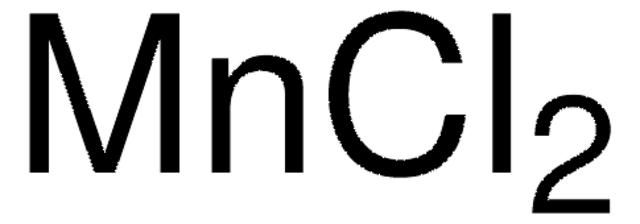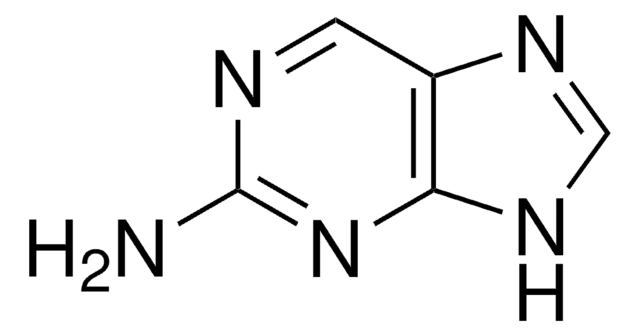V800247
Manganese(II) chloride
AR, ≥99%
Sinónimos:
Manganese dichloride, Sacchite
About This Item
Productos recomendados
grade
AR
product line
Vetec™
assay
≥99%
form
crystalline powder
pH
5.0-6.0 (5%)
mp
652 °C (lit.)
density
2.98 g/mL at 25 °C (lit.)
anion traces
sulfate (SO42-): ≤0.005%
cation traces
Ba: ≤0.01%
Ca: ≤0.03%
Cu: ≤0.0005%
Fe: ≤0.0005%
K: ≤0.01%
Mg: ≤0.005%
Na: ≤0.05%
Ni: ≤0.002%
Zn: ≤0.005%
heavy metals (as Pb): ≤0.0005%
SMILES string
Cl[Mn]Cl
InChI
1S/2ClH.Mn/h2*1H;/q;;+2/p-2
InChI key
GLFNIEUTAYBVOC-UHFFFAOYSA-L
¿Está buscando productos similares? Visita Guía de comparación de productos
Legal Information
signalword
Danger
hcodes
Hazard Classifications
Acute Tox. 3 Oral - Eye Dam. 1 - STOT RE 2
target_organs
Brain
Storage Class
6.1D - Non-combustible acute toxic Cat.3 / toxic hazardous materials or hazardous materials causing chronic effects
wgk_germany
WGK 2
flash_point_f
Not applicable
flash_point_c
Not applicable
Elija entre una de las versiones más recientes:
Certificados de análisis (COA)
¿No ve la versión correcta?
Si necesita una versión concreta, puede buscar un certificado específico por el número de lote.
¿Ya tiene este producto?
Encuentre la documentación para los productos que ha comprado recientemente en la Biblioteca de documentos.
Nuestro equipo de científicos tiene experiencia en todas las áreas de investigación: Ciencias de la vida, Ciencia de los materiales, Síntesis química, Cromatografía, Analítica y muchas otras.
Póngase en contacto con el Servicio técnico




